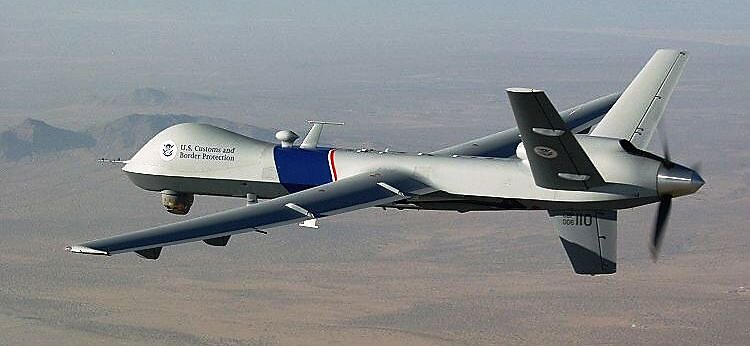My colleague David Bier and I have written a policy brief on the unmanned aerial vehicles (UAVs) flown by Customs and Border Protection (CBP). We argue that CBP’s fleet of Predator B drones are a threat to the privacy of Americans living along the border and an inefficient tool for locating illegal border crossers and illegal drugs. In addition, state and local use of these UAVs mean that American living in the interior are also at risk of being the target of warrantless surveillance.
Predator B drones may have a reputation as highly efficient military tools, but on the homefront they’ve proven inefficient at contributing to border security. For instance, in the last few years CBP’s predator drones have contributed to less than a percent of illegal border crosser apprehensions at a cost of $32,000 per arrest. When it comes to marijuana seizures, the drone fare little better, being responsible for about 3 percent of marijuana seizures in the same time period.
These inefficient UAVs pose a threat to Americans living along the border and in the interior. State and local law enforcement can request CBP drones for assistance. In fact, the first domestic law enforcement use of UAV to assist an arrest was in 2011, when police in North Dakota requested the use of a CBP Predator. Thanks to three Supreme Court cases from the 1980s warrantless aerial surveillance does not run afoul of the 4th Amendment. While some states have passed warrant requirements for UAVs, it’s not clear whether CBP adheres to state warrant requirements when acting on the behest of state and local law enforcement.
David and I finish our paper with a list of recommendations:
- CBP should not conduct drone surveillance more than five miles from the border.
- If CBP does use its drones to support state and local operations, it should ensure that its drone pilots comply with state and local drone legislation, including warrant requirements.
- CBP should not seek drones with facial recognition capability, which puts law-abiding Americans’ privacy at increased risk.
- At least six months before deploying new surveillance technology, CBP should disclose details about the technology’s capabilities, including information about the type of data to be collected, how long CBP plans to keep the data, when CBP will share the data, and with whom it will share the data.
- CBP should study replacing drones with surveillance technology that limits unnecessary data collection on U.S. residents.
Read the full policy brief here.

